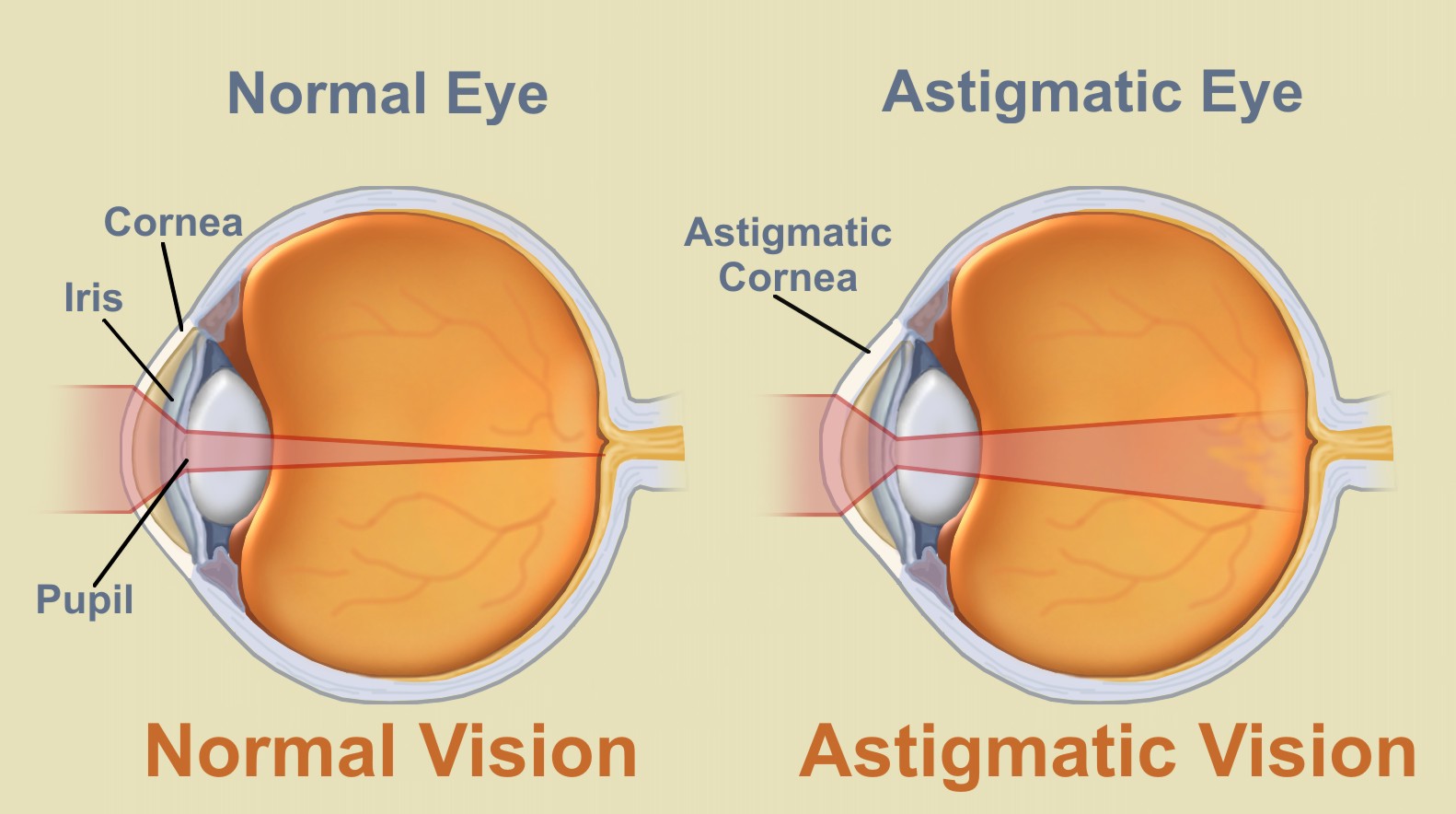What Cause Astigmatism In The Eye
Astigmatism is a common condition that affects millions of people all over the world. It occurs when the cornea, the clear front surface of the eye, is not perfectly rounded, but instead has two different curvatures that causes light to be focused unevenly on the retina. This leads to blurred vision and discomfort, particularly when trying to focus on objects at a distance or up close.
What causes astigmatism?
Astigmatism is usually present from birth and can be hereditary. But environmental factors such as eye injuries, surgeries or diseases like keratoconus can cause astigmatism as well. Individuals who regularly rub their eyes may also develop a mild form of astigmatism.
Symptoms of astigmatism
The symptoms of astigmatism can vary from person to person, and some people may even be asymptomatic. However, the following are common symptoms of astigmatism:
- Blurred or distorted vision
- Squinting to see clearly
- Headaches or eye strain
- Difficulty in low-light conditions
- Eyestrain
Diagnosing astigmatism
If you suspect that you have astigmatism, please see an ophthalmologist for diagnosis. They will conduct a number of tests, including a visual acuity test, a refraction test and a keratometry test, to determine the nature and extent of your astigmatism. A visual acuity test determines how well you can see distant objects, while a refraction test measures the degree of refractive error in your eyes. A keratometry test, on the other hand, determines the curvature of the cornea.
Treatments for astigmatism
There are several treatments available for astigmatism, depending on the severity of the condition. These treatments include:
Eyeglasses
Eyeglasses are the simplest and most common way to treat astigmatism. Prescribed lenses can be used to counteract the refractive error in the cornea, thereby correcting distorted vision.
Contact lenses
Contact lenses are another effective way to correct astigmatism. These lenses work by refocusing the light on the retina and correcting the unevenness in the cornea. Hard contact lenses are often prescribed for people with more severe astigmatism. Soft contact lenses are also a good option, be it for extended wear or disposable.
Refractive surgery
In some cases, refractive surgery may be necessary to treat astigmatism. This is a surgical procedure that reshapes the cornea using a laser, thereby correcting the refractive error in the eye.
Orthokeratology
Orthokeratology is another type of treatment that is used to correct astigmatism. This non-surgical procedure involves wearing custom-fitted rigid contact lenses overnight, which gently reshape the cornea while you sleep. During the day, you can go about your normal activities without the need for glasses or contact lenses.
Tips to manage astigmatism
Aside from the above treatments, there are also tips you can follow to help manage astigmatism:
- Wear ANSI-approved protective eyewear if you play sports or engage in any other physical activities that could result in an eye injury.
- Get regular eye exams to check for any changes in your vision or the health of your eyes.
- Avoid rubbing your eyes, as this can further damage the cornea and make astigmatism worse.
- Use proper lighting when reading or doing close work to reduce eye strain.
Astigmatism can be a frustrating condition, but with the right treatment and proper management, it can be effectively treated and managed. If you suspect that you have astigmatism, please consult with a qualified eye care professional to get the proper diagnosis and treatment. Remember, your eyes are one of your most important assets, so always take good care of them!
References
Images Sources:
